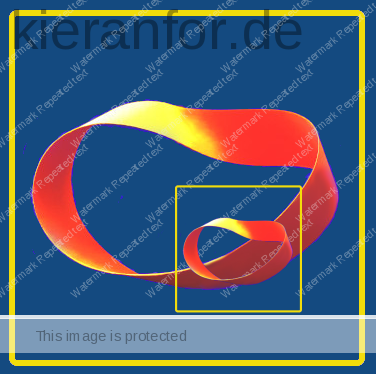Header image: KF in Dall-E
https://blogs.ubc.ca/catl2022/files/2022/10/Shulman_1997-Professing-Liberal-arts.pdf
Education is my profession and the education of professionals is my area of inquiry.
I wish to argue that the problem with the liberal arts is not that they are endangered by the corruption of professionalism. Indeed, their problem is that they are not professional enough.
Features of a Profession
I) Service: They must develop both technical and moral understanding.
2) Understanding: bodies of knowledge:
- It has research and theories: professions change not only because rules of practice change, or circumstances change, or policies change, but because the process of knowledge growth, criticism, and development in the academy leads to the achievement of new under standings, new perspectives, or new ways of interpreting the world.
3) Practice: There is always a wide and troublesome gap between theory and practice.
- As a teacher educator, I have tried to help students see how one traverses the gap between Piaget’s developmental theory and what to teach on Monday morning, or between Vygotsky’s zones of proximal development and the pedagogical potential of group work.
4) Judgment: AUTONOMY
5) Learning: INQUIRY – Lessons of practice must have a way of getting back to inform and to render problematic knowledge development in the academy itself.
6) Community.
It may well be that academic knowledge is essential only as an entitlement to practice and is not functionally necessary for practice.
- in all professional preparation we find some conception of a supervised clinical experience.
- One of the things that makes law so interesting is that legal educators have somehow managed to avoid the responsibility for introducing a serious clinical component into legal education, expecting the employing law firm to assume that burden.
Typically, once a professional reaches the field of practice, he or she looks back on the theoretical preparation and begins to devalue it.
One of the sources of those tensions is that theoretical preparation, in spite of the conservatism of the academy, tends to be more radical and reform-oriented than is practice itself. Indeed, academicians often see themselves as the critical conscience of professional practice, taking upon themselves the responsibility for criticizing current practice and developing a vision for the future. And it is, again, almost universally the case in professional preparation that the students arrive at their clinical experiences only to hear the nursing supervisor, or the veteran teacher in the fifth grade where they’re student teaching, or the chief of clinical services in the hospital admonish them to forget all the b.s. they were taught at the university because now they will learn the way it is really done. So, interestingly, the academy is the source of radical ideas. The field is where you encounter the bungee cord that pulls things back to the conservation of habits of practice. This kind of tension is, as I say, generally characteristic of professional education.
To put it in Aristotelian terms, theories are about essence, practice is about accident, and the only way to get from there to here is via the exercise of judgment.
The great challenge for professional learning is that experience occurs where design and intension collide with chance.
- Without the violation of expectations, it is impossible to learn from experience.
- Learning from experience, therefore, requires both the systematic prototype-centered, theoretical knowledge characteristic of the academy and the more fluid, reactive, prudential reasoning characteristic of practice.
- when we seek a pedagogy that can reside between the universal principles of theory and the narratives of lived practice, we invent something called a case method that employs cases as ways of capturing experience for subsequent analysis and review, and then creating a pedagogy of theoretically grounded experience.
- Without a community of practice, individual professionals would be trapped in a solipsistic universe in which only their own experiences were potentially educative.
all learning for understanding (that endangered species of cognition), confronts three central challenges: the loss of learning, or amnesia; the illusion of learning, or illusory understanding; and the uselessness of learning, or inert ideas.
- “amnesia is the great enemy of learning from experience.” [Re “archives of practice”] This is one of the reasons that nearly every one of the professions, with the stunning exception of teaching, spends an incredible amount of time and energy teaching future professionals to develop habits of documentation and recording their practice.
- A second enemy of liberal learning is illusory understanding. e.g. Why do we have seasons and what accounts for the phases of the moon?
- the whole metaphor of the cave in Plato’s Republic is a metaphor about illusory understanding
- METAPHOR: late 15th century: from French métaphore, via Latin from Greek metaphora, from metapherein ‘to transfer’.
- As Dewey observed many years ago, we do not learn by doing; we learn by thinking about what we are doing.
- College students can work together in ways that scaffold and support each other’s learning, and in ways that supplement each other’s knowledge. Collaboration is a marriage of insufficiencies, not exclusively “co operation” in a particular form of social interaction.
The Case for Cases
The great challenge for professionals who wish to learn from experience is the difficulty of holding experiences in memory in forms that can become the objects of disciplined analysis and reflection
Teaching is a dual act of intelligence and empathy. It entails both technical and moral reason.
KF NB for micro-teaching: I propose that one of the ways in which we can combine the notion of service and the notion of liberal learning is with the expectation that every one of our undergraduates who is engaged in liberal learning undertake the service of teaching something they know to somebody else.

